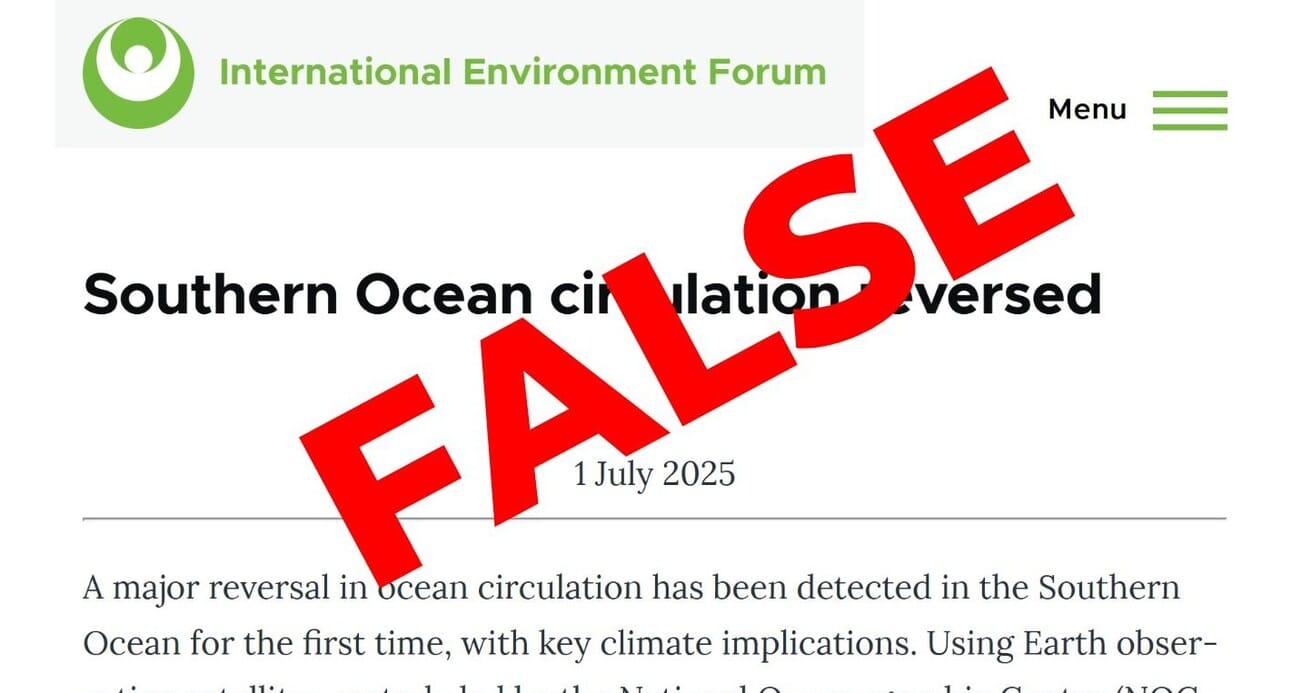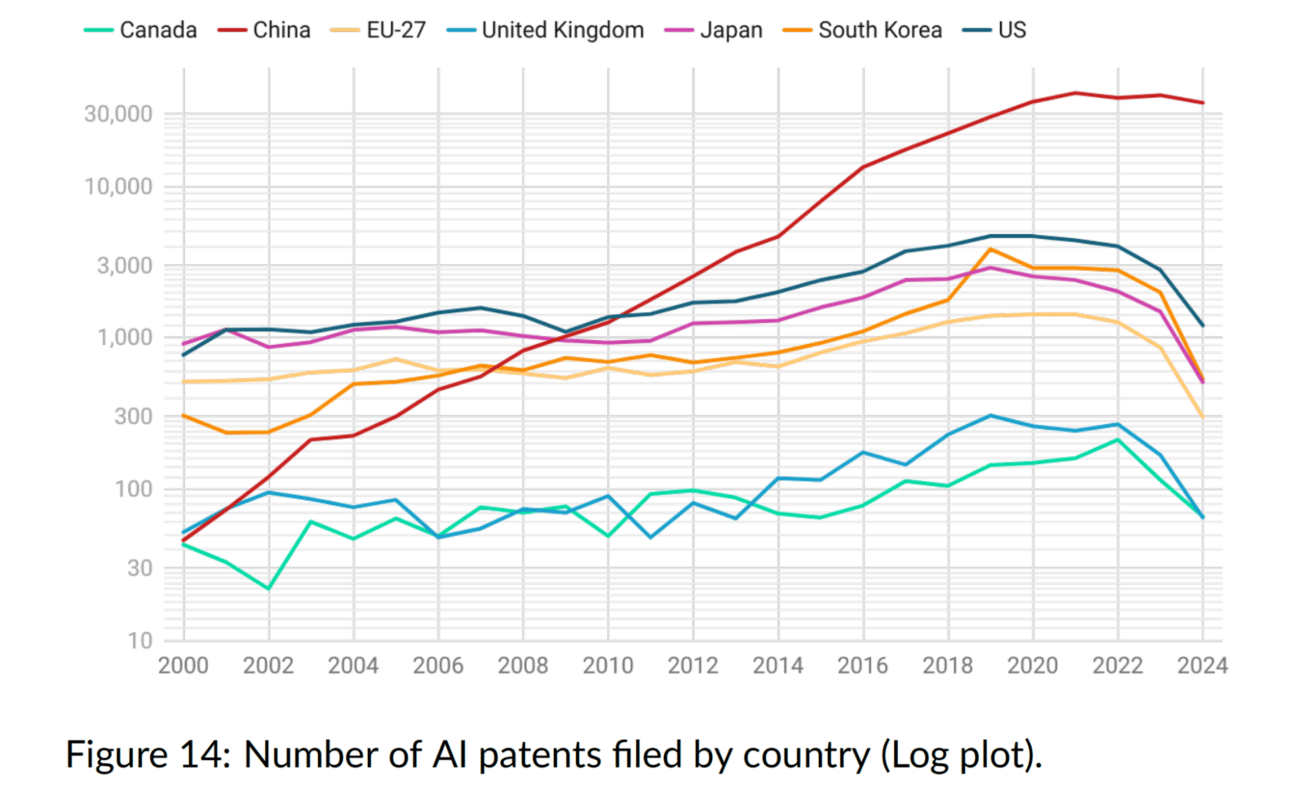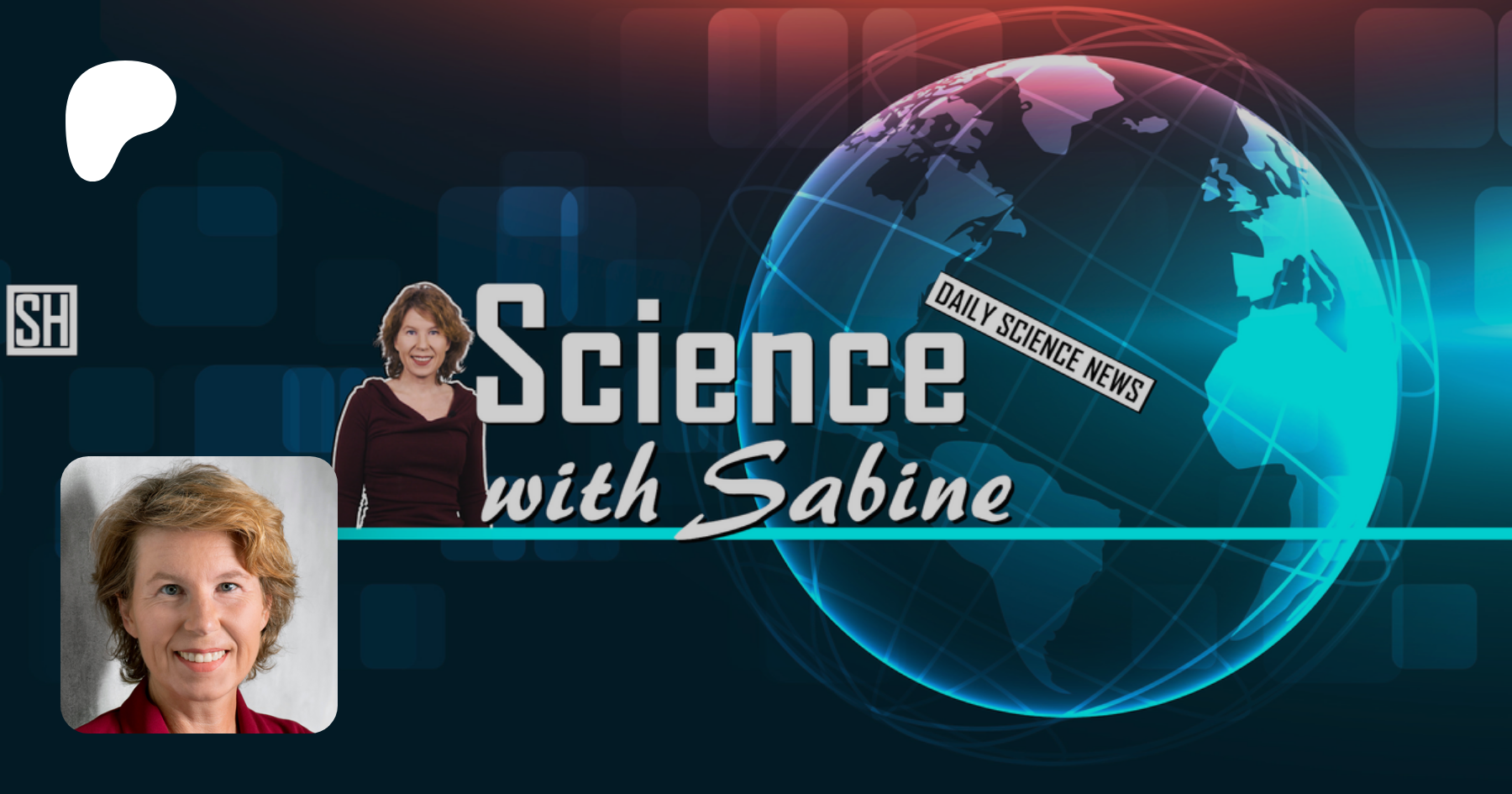- Sabine's Newsletter
- Posts
- Climate Alarmism, China’s AI, Brain-Time, and Dark Matter News
Climate Alarmism, China’s AI, Brain-Time, and Dark Matter News
This week’s science bits from SWTG

Climate Alarmism: A New Low For Science Communication

Image: The cooling system of the Zuchongzhi quantum computer. Credits: USTC
ICYMI, it was for the better. On July 1st, the Spanish Institut de Ciències del Mar issued a truly alarming press release: Researchers at their institution had supposedly observed a reversal of the Southern Meridional Overturning Circulation, potentially causing an enormous carbon dioxide release.
Alas, the paper that the press release was about reported no such thing. Even the quotes from the authors in the press release were doctored. The institute has since made multiple revisions to their press release, but not after it had been picked up by several other outlets and YouTubers. Luckily, in this instance, no large outlet fell for the misinformation. This unfortunate story has been documented on Reddit here.
Institutional press releases have become the major source of science misinformation, a trend likely driven by (a) these institutions needing to document their relevance to maintain funding and (b) too many outlets simply repeating the press release without ever mentioning their source. The latter is especially perplexing now that one could at least use AI to summarize the paper rather than relying on the press release.
This week’s episode of Science News is a problem with dark matter theory. According to a recently published data analysis of dwarf galaxies, the miniature star systems are more generally more clustered together than current theories of dark matter predict they should be. And this isn’t the only odd recent finding that contradicts the current dark matter theories. It looks like we are seeing a massive shift in our understanding of dark matter. I have a summary for you.
Speaking of quizzes, you can now create and share your own quizzes on QuizWithIt for free! Each quiz has a unique URL, can be embedded into websites or newsletter, and be shared on social media. Happy quizzing!
China Leads the World in AI Research

A new report from Daniel Hook, CEO of science analysis firm Digital Science, puts numbers to what we have all suspected: that China is way ahead of the rest of the world in terms of AI research. Not only do they outnumber everyone in terms of research publications, they also do so in terms of patents. So far, the USA is still leading in terms of AI startups, but China is catching up fast. Read the full report here.
How the Brain Marks Time

Totally tangential but I generated this image with Imagen4 and note that the clocks do not all show 10 to 2!
Researchers at the Norwegian University of Science and Technology have made a big step in understanding how your brain creates a sense of time … at least if you’re a rat. They recorded activity from over a thousand neurons in a part of the rat brain called the lateral entorhinal cortex, and discovered two ways the brain tracks time. First, the overall pattern of neural activity slowly changes in patterns that never repeat, much like a steadily advancing clock. Second, whenever the rat entered a new area, received a reward, or touched something novel, that clock pattern made a sudden jump. This, so the authors conjecture, marks the start of a new memory episode — it’s a time-stamp basically.
The researchers hope that their results will transfer to humans and could one day help patients with memory loss. Press release here, paper here.
